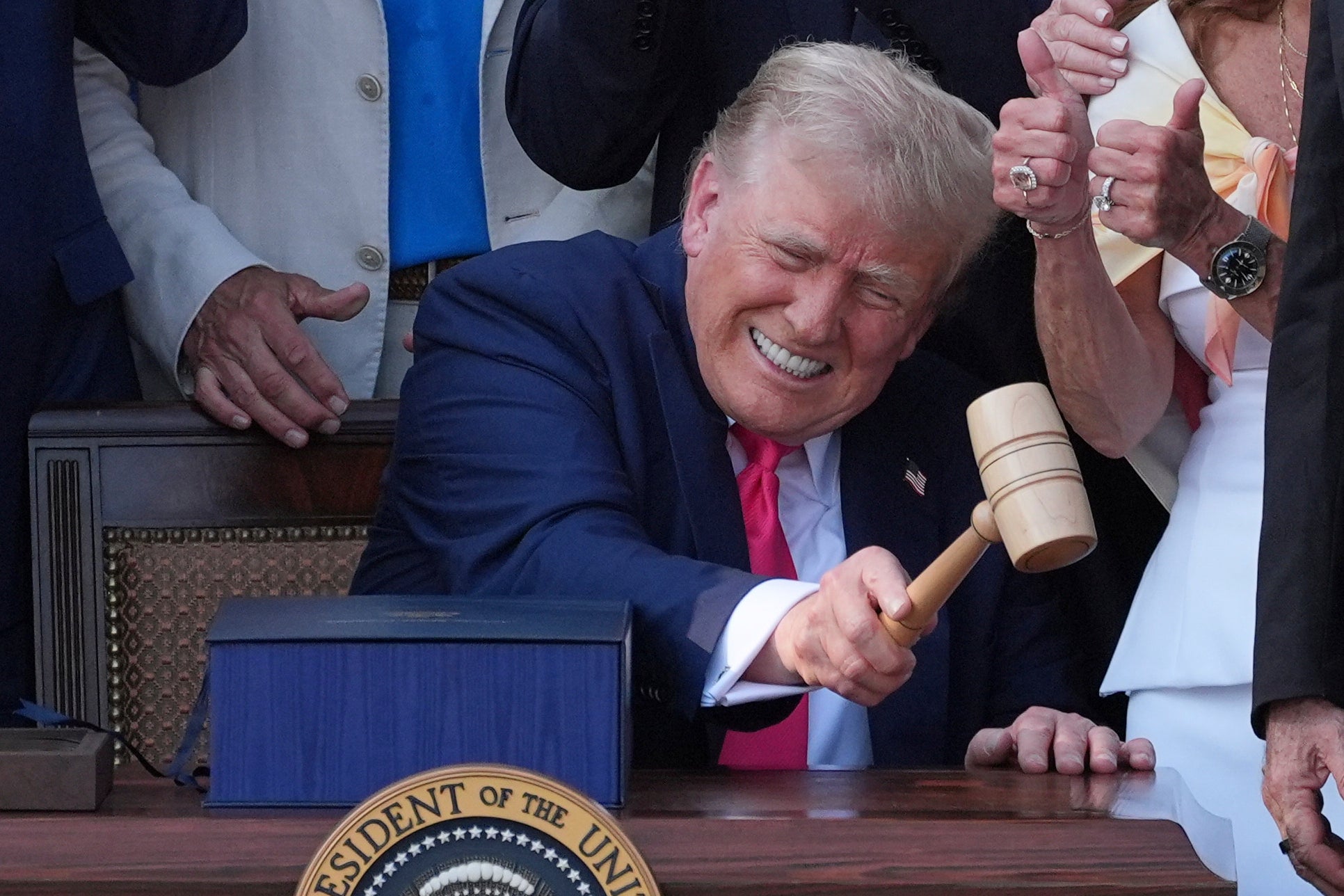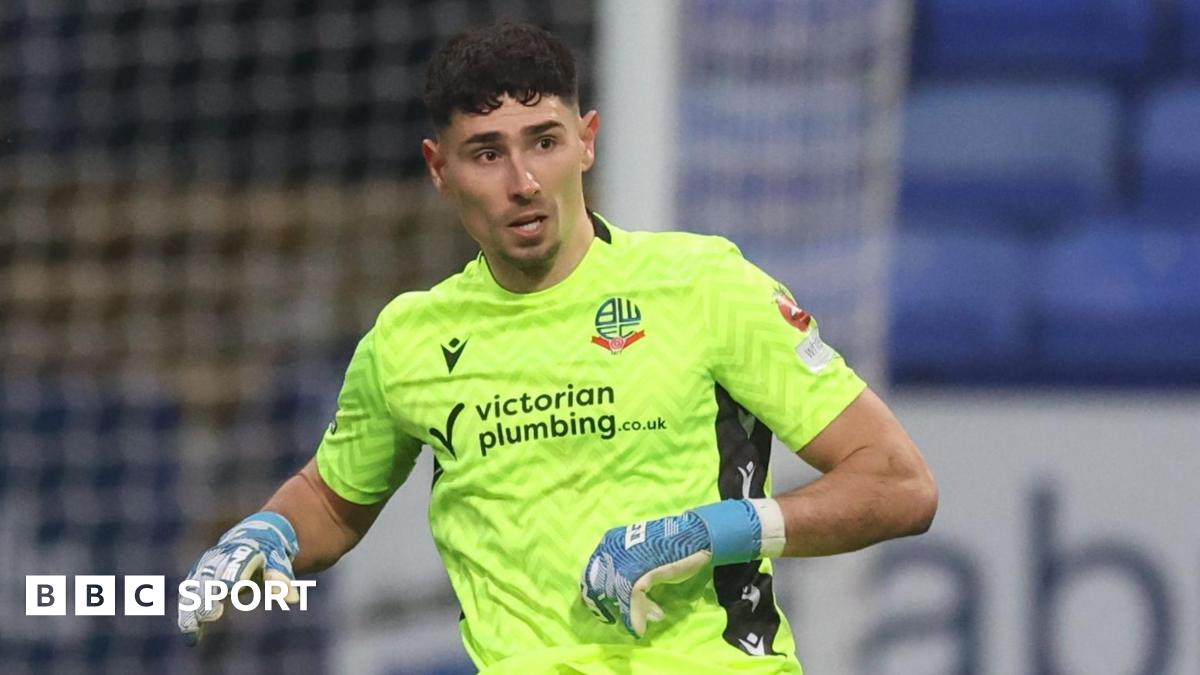The European Union and United States have just 48 hours to resolve a trade dispute or face Donald Trump unleashing billions of dollars worth of transatlantic tariffs.
A 90-day pause on the imposition of the US president’s so-called “Liberation Day” import taxes expires on Wednesday, and leaders across Europe are bracing for the threat of 50 per cent tariffs on goods sold in the US.
A split has emerged in the bloc, with some urging European trade commissioner Maroš Šefčovič to pursue a UK-style deal to resolve the trade dispute, sparing the EU from the worst of Mr Trump’s wrath.

Other EU leaders have cautioned against the thin UK-US deal agreed by Sir Keir Starmer, and believe Brussels should use its clout to secure a more comprehensive agreement.
Trump imposed a 20 per cent import tax on all EU-made products in early April as part of a set of tariffs targeting countries with which the US has a trade imbalance. Hours after the nation-specific duties took effect, he put them on hold until July 9 at a standard rate of 10 per cent to quiet financial markets and allow time for negotiations.
But as talks dragged on, Mr Trump has threatened to hike the tariff rate to 50 per cent if a deal is not reached. The higher rate would hit everything from French cheese to Italian leather goods, making them more expensive for American consumers.

Talks will now go down to the wire this week, with Mr Šefčovič and US treasury secretary Scott Bessent’s teams seeking to hash out a deal to avoid escalating the trade war.
“Among member states, the big question will be whether we should reach a deal at all costs to avoid a trade war, or show muscle if the deal is not good enough,” one EU diplomat told The Guardian.
German chancellor Olaf Scholz has called for a similar deal to the UK’s sector-specific agreement, while French president Emmanuel Macron keen instead for a better, more comprehensive, deal if a rushed agreement is uneven.
Mr Trump has previously threatened to impose 17 per cent tariffs on European food and farm products as part of the US’s aggressive negotiating tactics, with the president once describing the EU as “nastier” than China on trade.
Progress towards a deal was made last week, an EU trade spokesman said on Friday, but talks continued throughout the weekend.

Without a deal, the EU has said it was prepared to retaliate with tariffs on hundreds of American products, ranging from beef and auto parts to beer and Boeing airplanes.
Given the complexity of the talks, it may only be possible for the sides to arrive at a slimmed down deal by Wednesday, leaving a 10 per cent base level tariff in place, as well as specific tariffs on cars, steel and aluminum.
Before Mr Trump was re-elected, the average tariff on goods from the EU sold in the US was just 2 per cent.
Holger Schmieding, chief economist at Germany’s Berenberg bank, said the most likely outcome of the trade talks is that “the US will agree to deals in which it takes back its worst threats of ‘retaliatory’ tariffs well beyond 10 per cent”.
“However, the road to get there could be rocky.”
The US offering exemptions for some goods might smooth the path to a deal. The EU could offer to ease some regulations that the White House views as trade barriers.
Mr Schmieding added: “While Trump might be able to sell such an outcome as a ‘win’ for him, the ultimate victims of his protectionism would, of course, be mostly the US consumers.”






